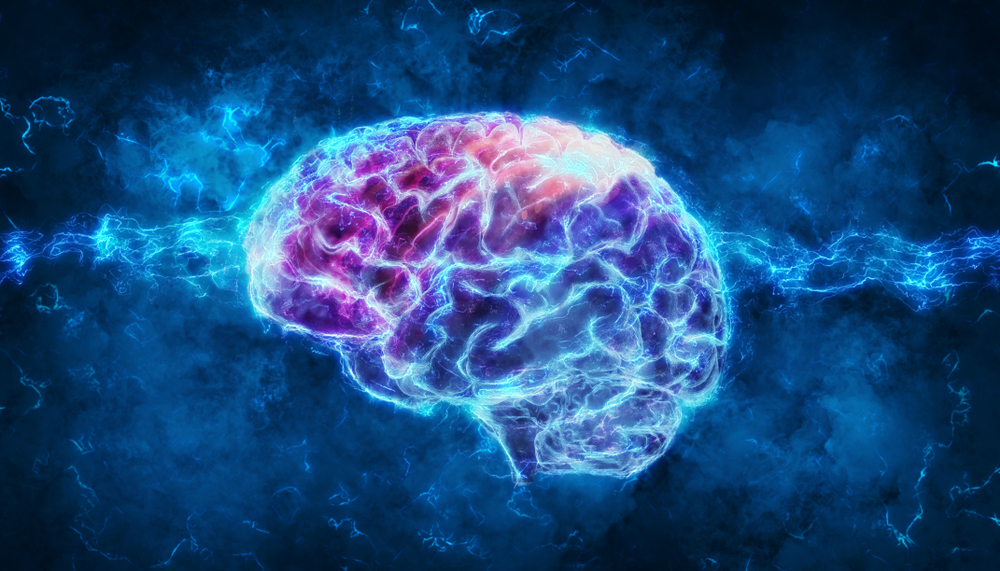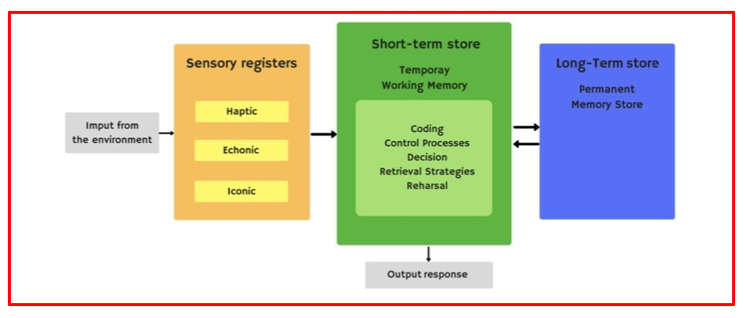The Magic of Memorizing: How Does This Work?
Posted on 24th October 2023 by Mohamed Lafer

Introduction
Humans are curious creatures; they always try to discover things, develop existing ideas, and connect with others. This requires interactions between them, and their environment, which can be facilitated by learning and memorizing. But what is a memory?
Memory is our ability to store information and retrieve it later, after a few moments or even after many years. It connects the past with the present and helps us to think about the future. Many people think that forgetting (which is the inability to remember something we previously memorized) is the enemy of learning, and that’s not really true. We will discuss the relationship between them and how forgetting could help us to learn in a better way.
Brief history
The three main types of memory we will be discussing are sensory memory, short-term memory, and long-term memory.
The idea that memory is not a single unit dates back more than a century ago, when philosophers and psychologists wrote about it; for example, in 1804 Maine de Biran talked about mechanical memory, sensitive memory, and representative memory. But these ideas weren’t based on evidence; it’s at the beginning of the 1960s that experiments on animals, amnesic patients, and normal people saw the light.
This new era of studying memory started with Milner, who showed in 1962 that a severely amnesic patient could learn an eye-coordinated skill in the absence of the memory of having encountered it before. In subsequent years, experiments and research contributed to the development of our perception of memory. For example, in 1968, Attkinson and Shiffrin proposed a system dividing memory into three components: sensory register, short-term store, and long-term store, and this model was based on previous experiments, which they mention in their paper.
It should be noted that the development of technology also contributed to the process of studying memory from different aspects, even at the molecular level.
(See references 3 and 4 for more details on the history of memory.)
Memory types
As mentioned earlier, memory consists of 3 types, each of which has its own sub-types.
Sensory memory
“Sensory memory is the capacity for briefly retaining the large amounts of information that people encounter daily,” [5] It consists of:
🔹Echoic memory: where information is gathered from ears
🔹Haptic memory: where information is gathered by touch
🔹Iconic memory: where information is gathered from eyes
Short-term memory
Short-term memory allows us to keep a small amount of information available for a short period of time. Information that enters it, disappears and decays completely over a longer period of time than the sensory memory [2].
Long-term memory
Long-term memory allows us to store unlimited amounts of information for long periods of time and even for life. Interestingly, information is completely lost from sensory and short-term memories, while it is permanent in the long-term [2]. It’s subdivided into:
🔹Declarative or explicit memory: refers to information that is retrieved consciously, such as time and place of an event.
🔹Non-declarative or implicit memory: refers to information that is retrieved unconsciously, such as motor and executive skills.
How do these memory types work together?
Sensory registers capture environmental stimuli and send them to short-term storehouses, which also receive information from long-term storehouses. Short-term memory sends information to long-term memory as well. It’s noteworthy that short-term memory has the capacity to manipulate information it receives by generating reasoning and deductions, a process that is called “working memory” [4].
Forgetting and learning—what’s the relationship?
At first, we may think that forgetting something that we memorized is bad, and that may give us a feeling of being uncomfortable or deceived. While if we develop our perception over learning, we may conclude that forgetting enhances it. In fact, conditions that induce forgetting of information actually enhance learning when it is restudied. There are many conditions that affect learning, but below I have cited two.
Changing environmental conditions
A person who studies a particular material in a particular environment (A) and then tests it in the same environment (A) may have a good recall of it; something called the context effect.
Studying that material in that particular environment (A) and restudying it in another environment (B) compared to the same environment (A), will lead to a better performance if tested later in a further new environment (D). This is true even if restudying it in the same environment (A) gives a feeling that the information is more accessible compared to environment B [6].
Increased time interval between study episodes
We may all have experienced the disappointment of studying a material and trying to recall it after a delay, especially when the delay becomes longer. But in fact if we restudy it rather than test it, the longer the delay, the more we’ll have the benefit of recalling it another time [7,8].
Conclusion
Obviously, memory is an important entity in life; it defines the person and gives him the ability to connect the past with the future through the present. A better understanding of memory will have a positive impact on humans’ lives and associated disorders.






No Comments on The Magic of Memorizing: How Does This Work?
Love this! Amazing work.
6th November 2023 at 6:36 pmwell done !
26th October 2023 at 12:33 pm